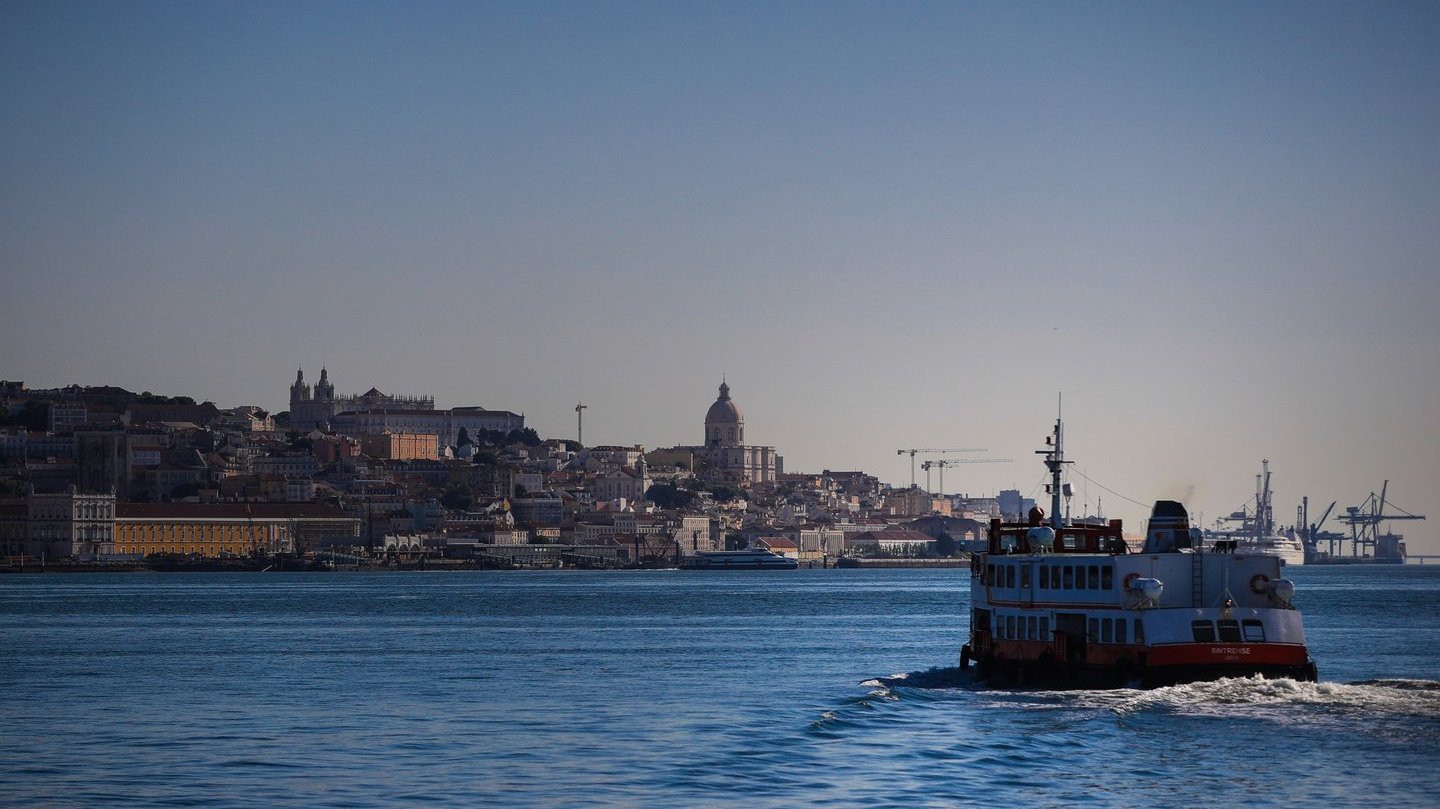The adherence to the partial strike of the Soflusa workers, for hiring and wage increases, was around 50%, Carlos Costa, from the Federation of Transport and Communications Unions (Fectrans), told Lusa.
The adherence to the strike varied from half to half, adherence and non-adherence, by 50%”, said the trade unionist, recalling that the strike is being carried out by specific categories.
This Tuesday it was the captains, on Wednesday it will be the machinists, then the sailors and the commercial agents -station chiefs-, he explained.
Soflusa workers began a four-day strike cyclewith a strike throughout the working day, while Transtejo workers began a cycle of strikes this Monday, from three hours per shift, which will last until next Friday.
According to the trade unionist, in Transtejo “everything stopped at the scheduled times, in the first three hours of the shift”, referring to the fact that a similar situation is expected in the afternoon.
According to the company, the partial strike of the Transtejo workers, which ensures the river connections between Lisbon and the south bank, took place in the morning a 12% membership.
As for the strike of Soflusa workers, which began on Monday, after 10:55 p.m., “10%” of the total number of workers covered by the notice was registered, according to the company.
According to Carlos Costa, the company is “taking advantage of the strike periods to suppress races, not because of the management of the strike, but because it does not have boats to carry out the races.”
“What is happening is that repressions are being associated with the situation of workers’ strikes,” he stressed.
According to Fectrans, Workers demand higher wages and measures to combat the degradation of the public service, due to the lack of workers and the aging of the fleet.
Currently, according to the union structure, Transtejo already has new ships (from the tender for electric ships), but due to lack of batteries they are immobilized.
On the other hand, due to the lack of workers, “huge overtime is used, with workers working 16 hours a day.”
Since the beginning of the year, no more than a thousand circulations were made.
News updated at 16:25
Source: Observadora
